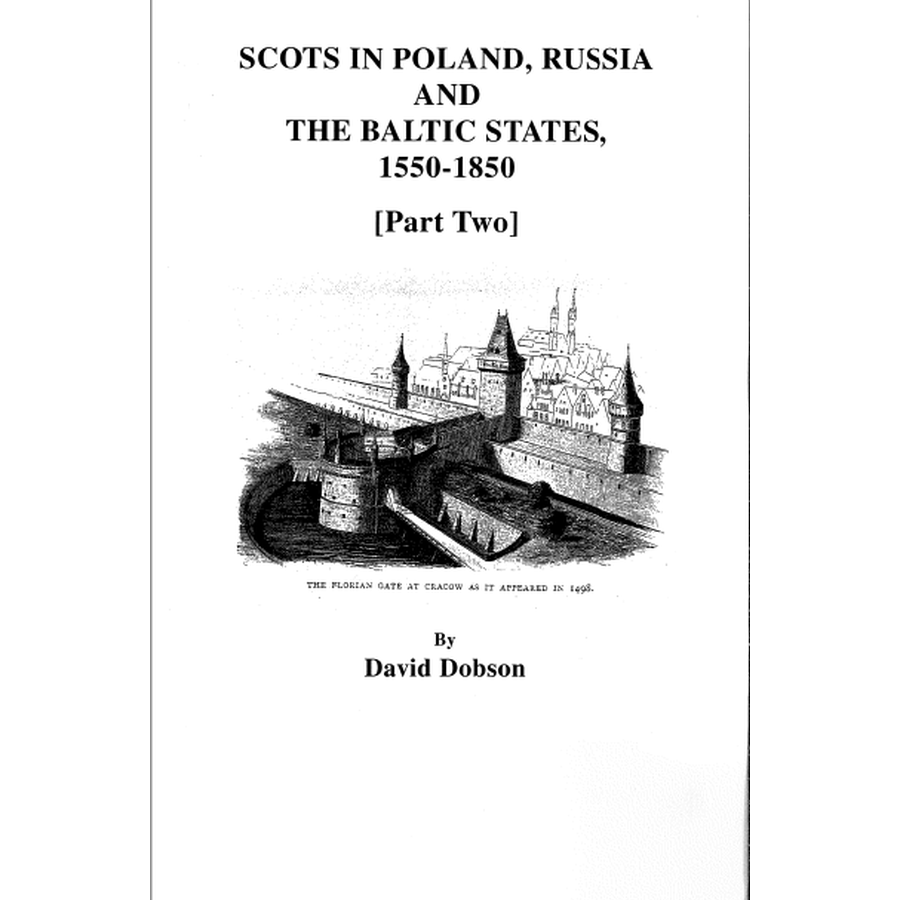Scots in Poland, Russia, and the Baltic States, 1550-1850, Part 2
Couldn't load pickup availability
The links between Scotland and the countries lying along the southern shores of the Baltic can be traced back as far as the late Medieval period, when Scottish knights accompanied the Teutonic knights on their Baltic Crusade. Since then there have been economic links which led western merchants-Scots included-to settle in the main seaports of Eastern Europe, such as Danzig. The main period of Scottish settlement in Eastern Europe occurred from 1560 to 1650, when Scottish, German, Dutch, and Jewish entrepreneurs were lured to the Baltic by the promise of economic opportunity. Still other Scots left in pursuit of religious freedom, as soldiers of fortune who ultimately settled on lands granted for service rendered, or as itinerant cramers (pedlars). According to one authority, by the 1640s as many as 30,000 Scots were resident in Poland alone. After 1650, Eastern Europe waned as a beacon for Scottish emigration, and some Scots returned to their Scottish homeland. The majority, however, became integrated into their adopted Baltic societies. In due course, their Polonised descendants would emigrate to America and elsewhere, some no doubt as part of the wave of Polish refugees which settled in North America in this century.
For the concluding volume in this series (Part One was published in 2000), Mr. Dobson examined scores of Scottish primary and secondary sources before producing a list of 1,000 additional Scots who settled in the Baltic (Part One identified 2,500). Arranged alphabetically, entries furnish the individual's name with variants, a place of residence in Eastern Europe, the date of the record, and its source. Given the widely disparate character of the subject matter, one may also find a reference to the individual's place of origin in Scotland, occupation, relationships to other persons named (i.e., parent, spouse, offspring), membership in a fraternal organization, etc. A significant feature of Part Two is the inclusion of verbatim transcriptions of documents that illustrate the kinds of sources that are available to researchers.
David Dobson
2009, paper, 100 pp.
ISBN: 9780806354002
102-9977
